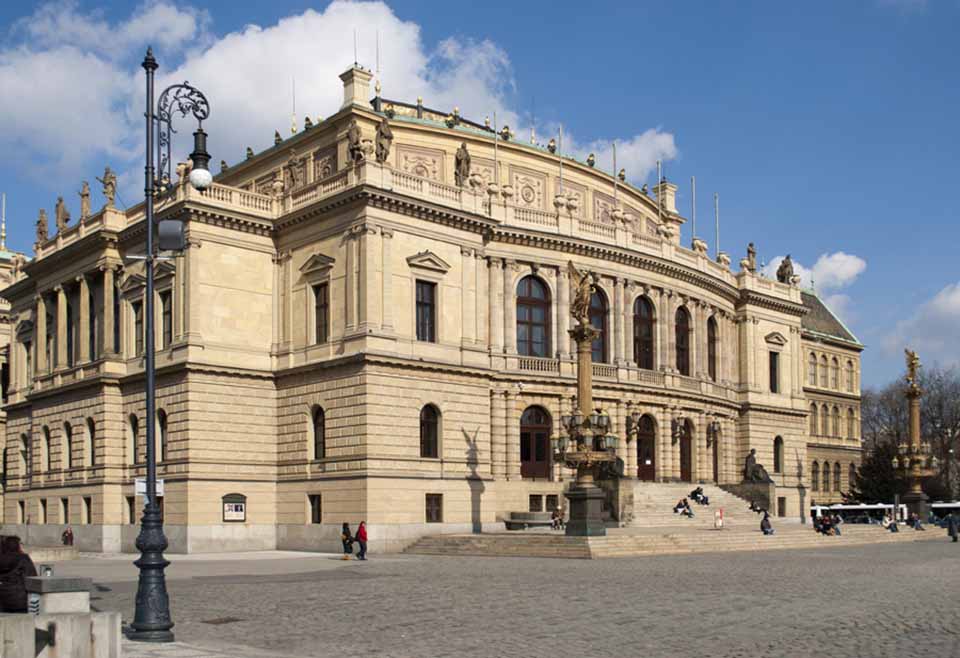
The first time I attempted to visit the Czech Republic, I missed the plane. I was living in London at the time and decided to drive the car to the airport, which was the first mistake. The gargantuan car park was the size of several football fields and situated miles away from the airport. Anyway, after a lengthy shuttle bus ride, I foolishly alighted at the wrong terminal. This might not seem like a big deal, but London’s Heathrow airport is enormous and the distance between Terminal 4 and Terminal 1 feels like a two-hour hike. By the time I eventually arrived at the check-in desk, disheveled, sweating and panting like an exhausted greyhound, the plane was half way down the runway.
Undeterred, I managed to get a flight a couple of days later and eventually arrived in Prague, the capital of the Czech Republic with some sense of triumph. The city lies astride the River Vltava and has a rich, centuries-old history. It was the capital of the Kingdom of Bohemia and the main residence of several Holy Roman Emperors, most notably of Charles IV. Today, Prague is home to a number of well-known cultural attractions, such as the impressive Prague Castle, Charles Bridge, Old Town Square with the astronomical clock and the fascinating Jewish Quarter. The city has more than ten major museums, along with numerous theatres, art galleries and other historical exhibits. Along with the dedicated concert halls, Prague’s many churches and Baroque palaces also serve as music performance venues. I spent many evenings listening to chamber and choral concerts in the city’s churches.
On one occasion I went to a concert given by the Czech Philharmonic Orchestra at the impressive Rudolfinum. This magnificent building, completed in 1884 and named after Crown Prince Rudolf, was conceived as a multi-purpose arts centre. Situated on the bank of the Vltava in the heart of Prague, the majestic building contains Prague’s most prestigious concert hall, which is also the home of the Czech Philharmonic. The orchestra performed there for the first time in 1896 under the baton of Antonín Dvorak.
On my visit to the Rudolfinum, I was fortunate enough to hear the Czech Philharmonic perform this famous and exuberant work by the country’s most famous composer. It was interesting to see that the concert-goers were dressed formally; none of the usual tatty jeans and T-shirts but instead either lounge suits or dinner suits for the men and elegant dresses for the women. The many teenagers in the audience were equally well dressed; some of the boys with wearing dinner suits. I was glad that I had remembered to bring a tie. Anyway, here’s that same Czech masterpiece played by an Israeli Youth Orchestra directed by a Chinese conductor. In 1892, Dvorak wrote three overtures with the collective title of Nature, Life, and Love. This is the second one, which describes the atmosphere of a night-time carnival and has a lovely reflective middle section.
Dvorak and Smetana knew each other well, though there was a degree of artistic competitiveness between them which from time to time led to a slight sense of injustice on both sides. Hradec Králové is a city in the northern region of the Czech Republic and less than an hour by car from the Polish border. The Smetana family came from this same town and to a tumultuous reception, the young Bedrich gave his first public piano recital there at the age of six. Smetana is known for only a handful of works which include his opera The Bartered Bride and the symphonic poem Vltava, one of six symphonic poems written during the 1870s and collectively known as Má Vlast (“My homeland”).
The third piece in the set of six is Sárka (SHAR-kah) and takes its name from the legendary Czech female warrior Sárka who was a central figure in ancient Czech folk-lore. And charming music it is too, which falls easily on the ear. Sadly though, by the end of 1874 Smetana lived in a world of silence, for like Beethoven fifty years earlier, he was afflicted by deafness. Still, I suppose he would have been pleased to know that when an asteroid less than two miles in diameter was discovered by a Czech astronomer in 1971, it was given the name of 2047 Smetana in his honour.
 |
 |
 |





